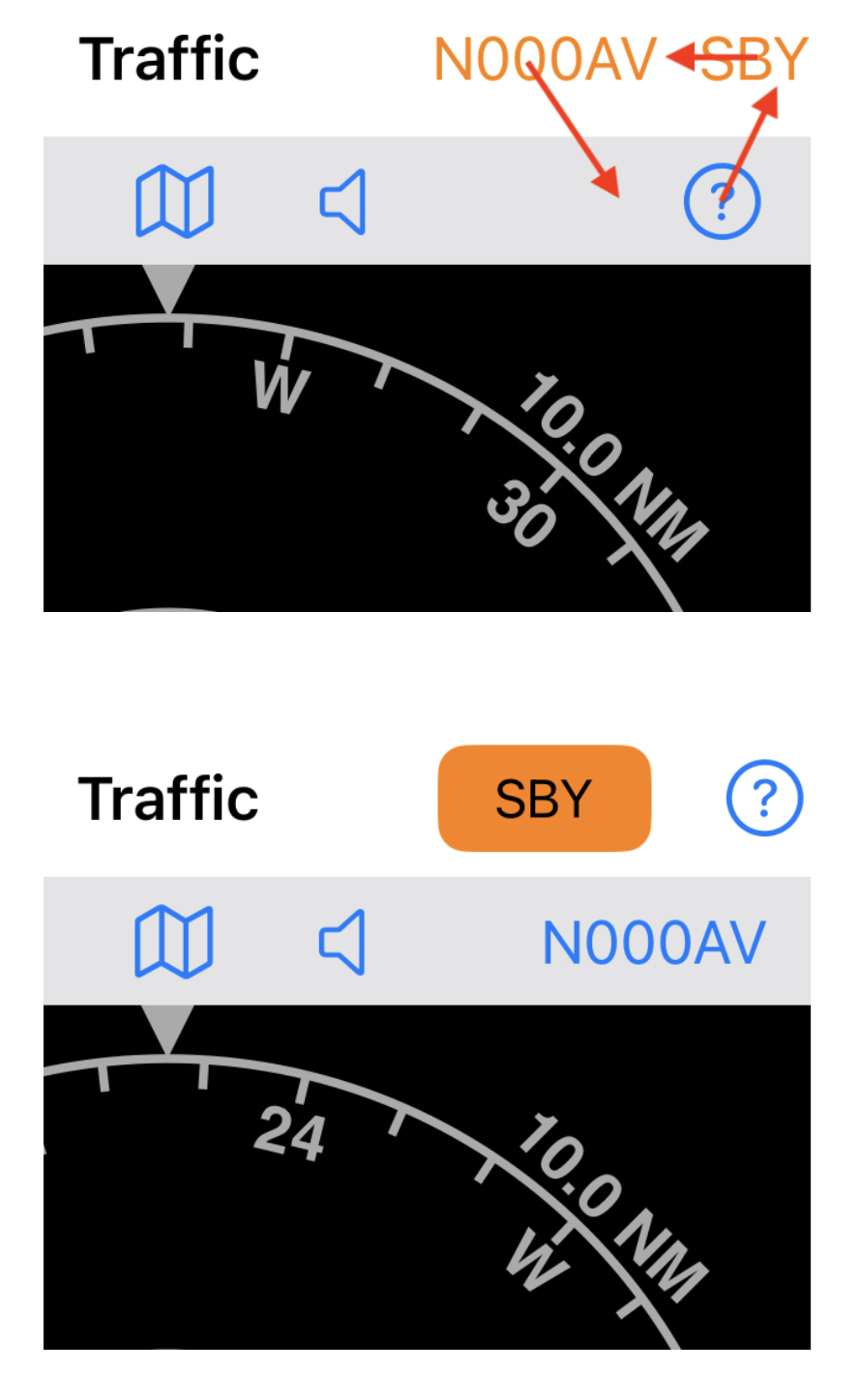News
Nov 26 2025 - Subscription Policy
Subscription Policy Change
To keep things simple and aligned with App Store policies, AvTraffic requires an active App Store subscription to access premium features. Previously, we allowed unlocking premium features by sharing an AvTraffic login, but this option will be discontinued. Like all Apple subscriptions, your AvTraffic subscription works across all devices signed in with the same Apple ID.
If you were using the login-sharing method, please transition to an App Store subscription to continue accessing premium features. Thank you for your support!
This change will take effect on January 1 2026.
Please note that this change does not affect corporate accounts.
Oct 24 2025 - Barometric Pressure Sensor
For a couple of years, Apple has required apps that need access to the barometric pressure sensor to ask for permission. Counterintuitively, they have categorised this sensor under 'Motion & Fitness'. Understandably, you may think this is not necessary and reply 'no'.
However, AvTraffic uses this to calculate pressure altitude and altitude AMSL. This is important for showing relative altitudes to other aircraft.
A new FAQ explains why. You can read more about it here
Aug 15 2025 - V7.3
V7.3 - Aircraft Selection, Mode and Assistance Buttons
- The aircraft selection button (showing the callsign) has moved down to the toolbar where it looks more like a selectable item.
- The assistance button has moved up to a more prominent position.
- The mode button (showing Active ACT or Standby SBY) has been enhanced to make it more obvious. It now sits to the left of the assistance button.
